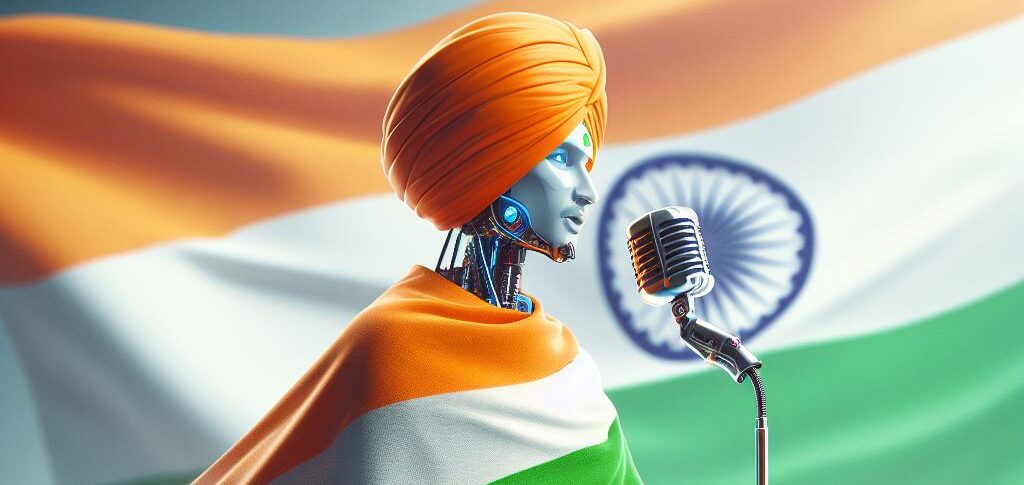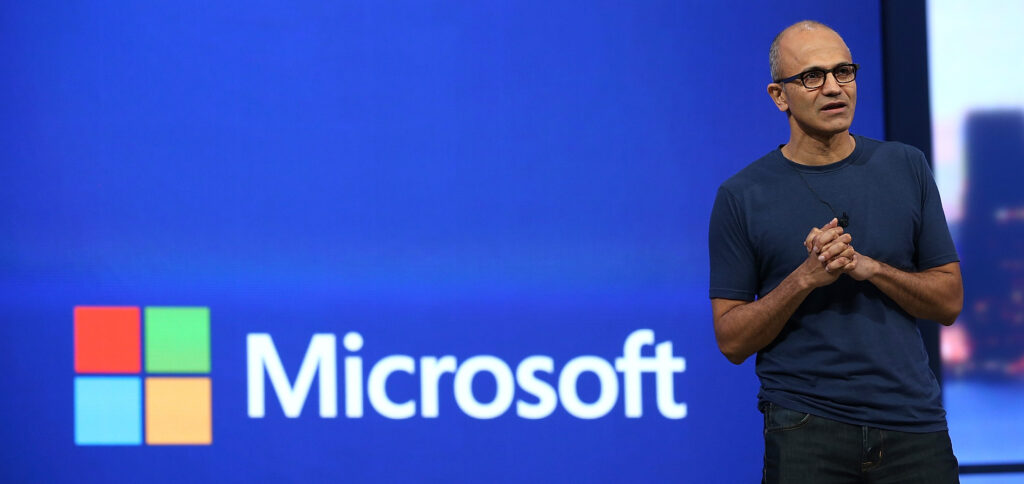The Indian government operates mainly in just two languages: Hindi, spoken mainly in northern India, and English. This excludes tens of thousands of Indians who speak none of them.
ADVERTISING
In this way, the 'AI for Good' initiative from Microsoft — the tech giant's comprehensive program that attempts to use artificial intelligence to solve problems in health, environmental protection and human development.
The company used India to test several innovative applications of this new technology, such as an app that uses AI to tell farmers the best time to sow or a model that uses satellite imagery to predict how a natural disaster might affect a vulnerable population.
However, the Microsoft and its AI researchers are particularly interested in tackling India's linguistic challenges, hoping this could unlock advances elsewhere. “India’s complexity makes it a testing ground for multilingual setups everywhere,” says Ahmed Mazhari, president of Microsoft to Asia. “If you can solve and create for India, then you can solve and create for the world.”
ADVERTISING
The Jugalbandi chatbot, launched in May 2023, is one of the main projects of 'AI for Good'. The chatbot targets rural farmers – specifically those who live in areas that don't speak India's most popular languages – and want to learn or access public services, such as applying for a scholarship.
Jugalbandi uses a large language model, developed in collaboration with local research lab AI4Bharat, to analyze a question, discover the relevant information, and generate an easy-to-understand answer in the user's local language. Currently, Jugalbandi can translate 10 of India's 22 official languages.
Another initiative by Microsoft called VeLLM, or “Universal Empowerment with Large Language Models”, aims to improve the functioning of GPT, the model developed by OpenAI that supports the ChatGPT, when using less popular languages. Most large language models today work best in a few major global languages—primarily English and Chinese—due to the large amounts of data available in these two languages. It is more difficult to train AI in so-called “low-resource” languages where data is scarce or non-existent.
ADVERTISING
VeLLM is the foundation for other AI experiments, such as Shiksha, a generative AI bot that helps teachers quickly create new curricula in non-English languages, freeing up more time for teaching.
The engineers of Microsoft, like Kalika Bali, principal researcher at Microsoft Research India, are cautious about technological solutions that do not reflect the lives of Indians living in rural areas.
A Microsoft, of course, is not just interested in AI for its social potential. The US tech giant is developing its own AI products, hosted on its Azure cloud computing system. She is also a key supporter of OpenAI, developer of ChatGPT. The excitement around AI has driven shares of Microsoft by 65% in the last year, raising its market value to US$3 trillion, making it the most valuable company in the US.
ADVERTISING
Mahzhari sees many opportunities for Microsoft in Asia, where there is “an incredible pace of change and transformation across industries and geographies.” It highlights several examples where Asian companies have turned to generative AI services from Microsoft: Lazada, the Southeast Asian e-commerce platform owned by Alibaba, used tools from Microsoft to create the first e-commerce chatbot in Southeast Asia.
Even though the experiments Microsoft in India do not bring direct benefits to the company's bottom line, they provide important lessons for the future. “Our partnerships under 'AI for Good' and other initiatives piloto allow us to capture early signals to advance AI safety and security,” says Mahzhari.
Read also







